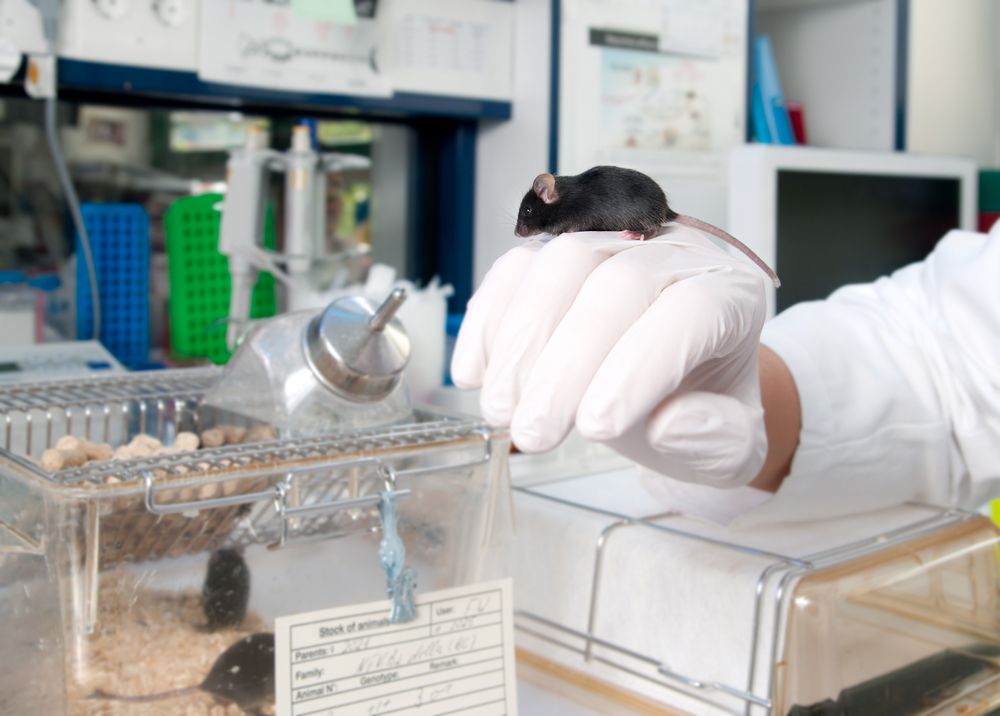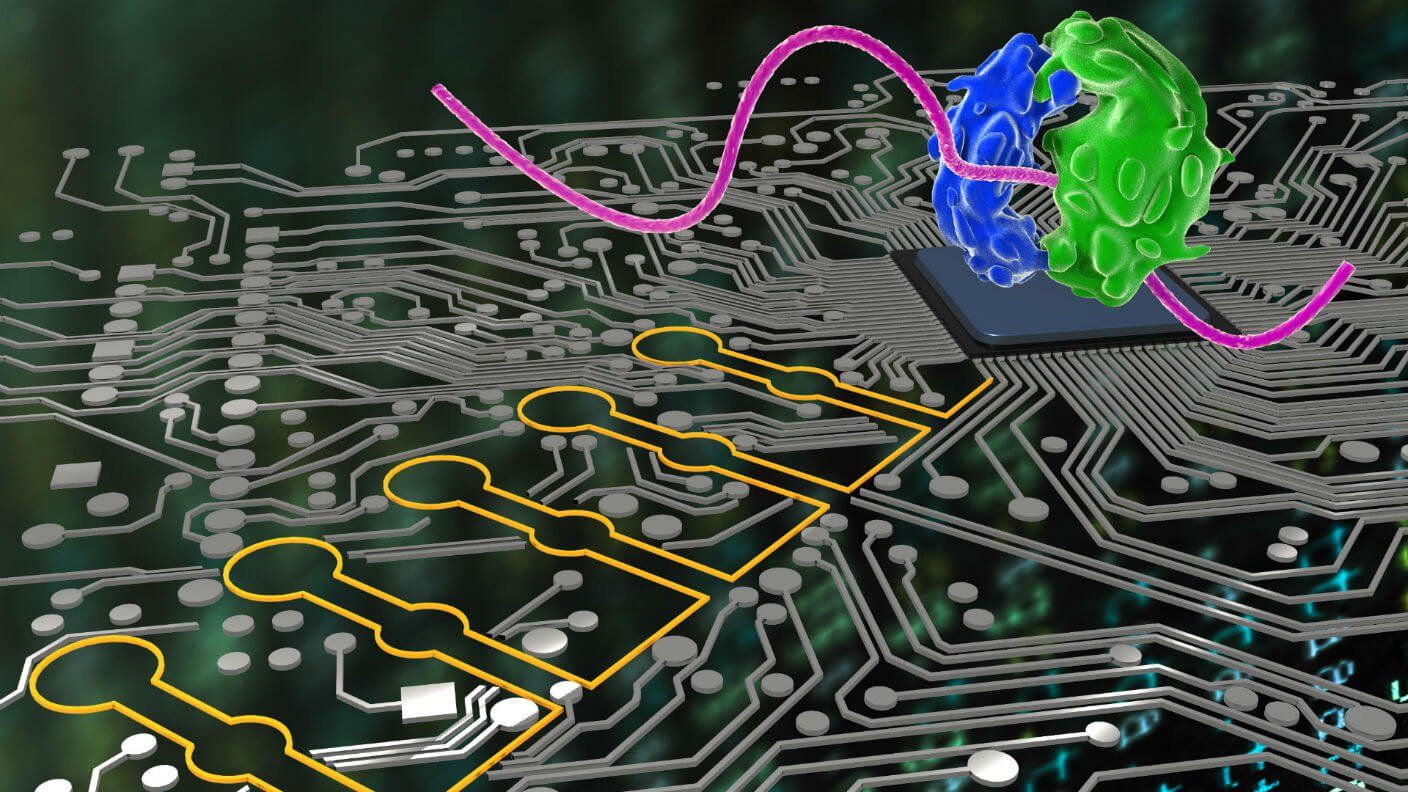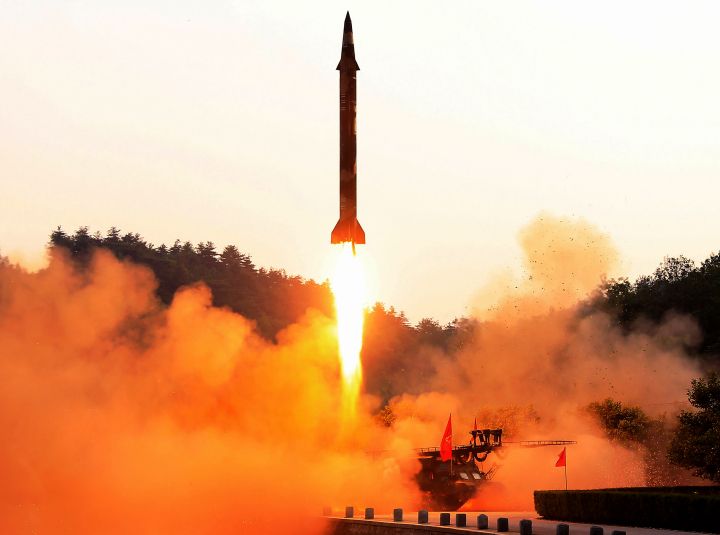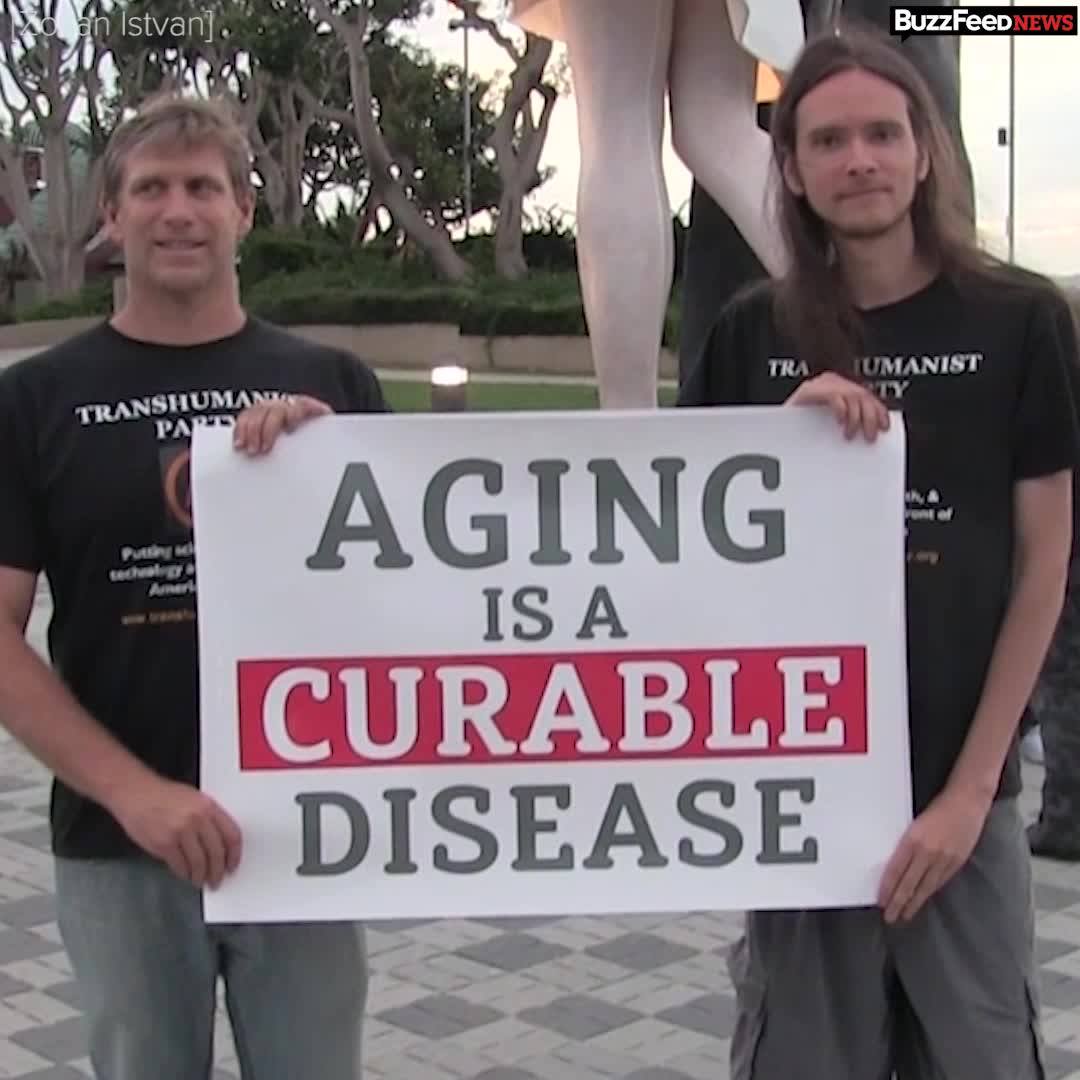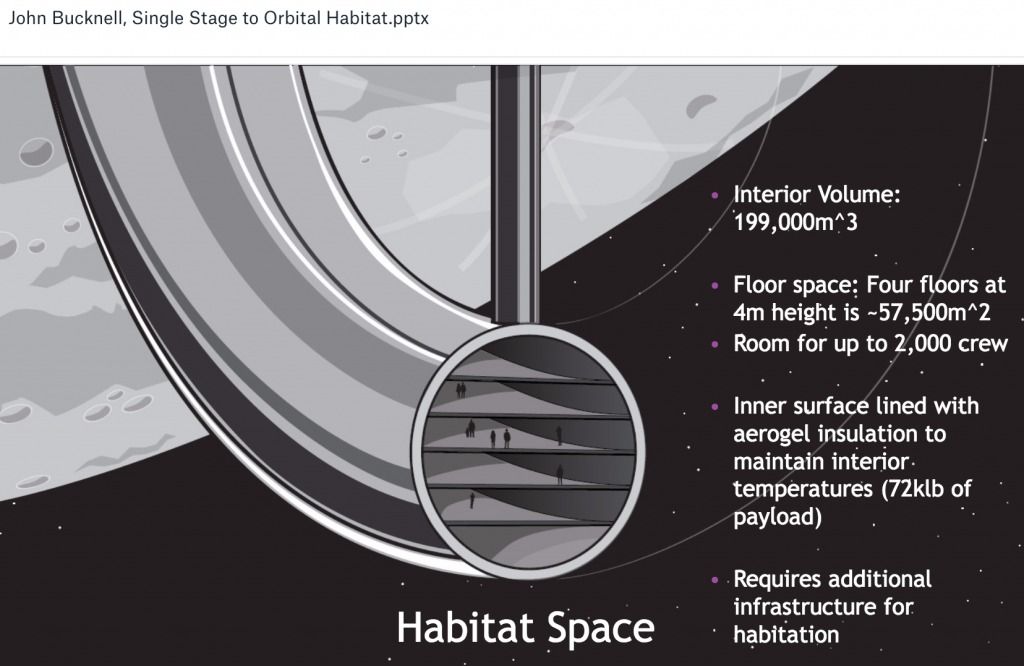As we age the brain loses its flexibility, this in turn affects our ability to learn, to remember things and adapt to new situations. The classic theme is of an older person who is stuck in a rut and unable to change how they think.
This is also a common concern people raise when any discussion of healthy longer lives are mentioned. The concern is that we would have a world of people living more decades and becoming so set in their ways that society would stagnate.
However, many proponents of rejuvenation biotechnology refute this and suggest that mental plasticity could be rejuvenated just the same as cells and tissues could be. The new study we will discuss today offers us a hint of what might be possible, although the focus here is specifically on the visual cortex[1].
Gold climbed to the highest since mid-June, pushing up mining-company shares amid military tensions between the U.S. and North Korea.
Equities slid and the Swiss franc and some developed-market government bonds advanced as President Donald Trump threatened North Korea with “fire and fury” following a series of missile tests by the communist regime, boosting demand for haven assets. Gold also climbed after Indian imports of the metal were said to have doubled.
The U.S. North-Korea tensions add to investor angst that has helped push up gold more than 10 percent this year, even with equities hitting records and the Federal Reserve keen to shrink its balance sheet. Should geopolitical tensions intensify, gold is likely to be in demand as a safe-haven, according to analysts at Commerzbank AG.
Aging. We all face it. Nobody’s immune and we’ve long tried to reverse it, stop it or just even slow it down. While advances have been made, true age-reversal at a cellular level remains difficult to achieve. By taking a different approach, however, researchers at Houston Methodist made a surprising discovery leading to the development of technology with the ability to rejuvenate human cells. And that couldn’t be more important for the small population of children who are aging too quickly — children with progeria.
John P. Cooke, M.D., Ph.D., department chair of cardiovascular sciences at Houston Methodist Research Institute, and his colleagues, describe their findings in a Research Letter titled “Telomerase mRNA Reverses Senescence in Progeria Cells,” appearing online July 31 and in print Aug. 8 in the Journal of the American College of Cardiology, a leading medical journal in the field of cardiovascular disease.
Cooke studied cells from children with progeria, a rare condition marked by rapid aging that usually robs them of the chance to live beyond their early teens. They focused on progeria, because the condition tells them a lot about aging in general that’s ultimately relevant to all of us.
Of all the topics I’ve written about, this one scares me the most.
Yes, artificial intelligence, one of humanity’s greatest achievements, can also unleash the seeds of our own destruction. Weaponized A.I. will range from relatively minor weapons designed to change a specific action to nation-vs-nation full-blown A.I. wars.
John Bucknell presented at the Starship Congress 2017 his Nuclear Thermal Turbo Rocket and applied for a single stage to orbit mission of placing a space habitat. John Bucknell worked on the SpaceX Raptor rocket as a senior engineer so he is very qualified to understand current rocket technology and rockets in general.
Nextbigfuture has noted that NASA has funded $18.8 million on advancing nuclear thermal rocket propulsion by studying low enriched uranium for the fuel. Nuclear-powered rocket concepts are not new. The United States conducted studies and significant ground tests from 1955 to 1972 to determine the viability of such systems, but ceased testing when plans for a crewed Mars mission were deferred.
The NERVA NRX (Nuclear Rocket Experimental) program started testing in September 1964. The final engine in this series was the XE, designed with flight design hardware and fired in a downward position into a low-pressure chamber to simulate a vacuum. SNPO fired NERVA NRX/XE twenty-eight times in March 1968. The series all generated 1100 MW, and many of the tests concluded only when the test-stand ran out of hydrogen propellant. NERVA NRX/XE produced the baseline 75,000 lbf (334 kN) thrust that Marshall required in Mars mission plans.


